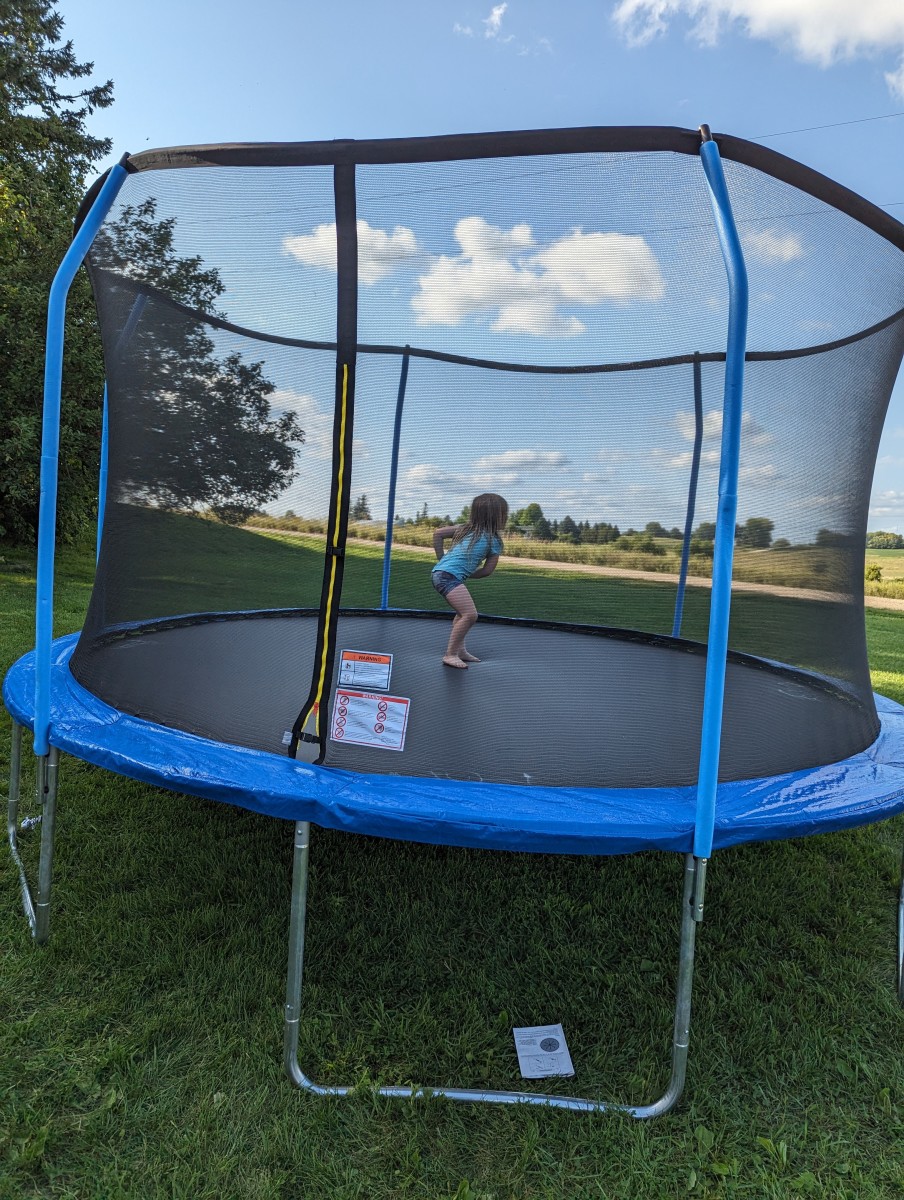Television Violence and Children's Behavior
There is no doubt in anyone's mind that we live in a world in which violence has become commonplace. Whether we pick up a newspaper or turn on the television, it is quite likely that we will read or see something with violent overtones. Cartoons, movies, TV shows, and other forms of entertainment are often violent in nature. Although this was also the case with the shows and cartoons we might have watched as children (take a look at Bugs Bunny or Road Runner cartoons), we did not have the added impact of the everyday violence going on around us that is so common today. In many areas of the country we read about people shooting other people as they drive on the freeway or 12 year olds bringing guns into school with them. The newspapers are packed full of stories about bombings or kidnappings and murders. Even if you are able to shelter your child from some of the TV shows news, you may still have to contend with the violence depicted on video games.
There is no doubt that television violence (including news reports) is hazardous to the well-being of children. Not only does it tend to desensitize them to the pain that others may feel, but it also teaches a very dangerous lesson. The violence viewed by children suggests that it is normal and acceptable to resolve conflicts by using fists, guns, karate chops, or whatever e may be available at the time.
Given the place of violence in today's society, is there any way to counter its effects on young children? Talking to your child about what is good and what is not good is the first and most important step. Children need to hear from their role models why it's not good to use your fists to solve a conflict or seek revenge when someone mistreats you. This again brings up the role of modeling in helping children to grow up to be well-adjusted individuals. If they see their parents resolving conflicts by talking and if they are given that guidance, this is the lesson they learn. If, on the other hand, they are guided to stand up for their rights by using their fists or are subjected to Mom or Dad hitting them when they are angry, this is the lesson they learn. Similarly, watching TV with your child and pointing out the good ways characters are handling conflicts as well as the bad ways helps your child to make the distinction on his own.
Being with your child when he watches TV also allows you to monitor his reaction. If you see your child showing discomfort during a TV show, encourage him to change the channel. If the show depicts violence, change the channel even if your child does not appear to be uncomfortable. If you unknowingly go to a movie that has violent overtones, get up and leave. Explain to your child why you are leaving so he understands that this is something you are not willing to accept as entertainment.
Make sure that you can supervise your child's selection of TV shows, movies, tapes, and video games. Although you cannot protect your child from everything, you can monitor what he watches or plays in your house. Read TV listings or movie reviews before making a decision about whether they are acceptable for your child. These may not always accurately reflect the content of the show, but you should get enough information to make an informed decision. Make use of video tapes for programs that are appropriate for five year olds. Either renting or taping from the TV allows you to be certain that what your child is watching is acceptable to you.
Video games are another source of concern for many parents. Some movie stores now offer video games for rent. This allows you to preview specific games your child may wish to buy. As much as you may control what video games your child has, he may be exposed to other games at a friend's house, you can speak to the other parents about which games you allow your child to play. Some parents may be responsive to this, but others may not.
It is also important to remember that children can also be exposed to violence incidentally. Be cautious when watching the news or other TV shows while your child is playing in the same area. Although he may not actually be sitting and watching with you, he may still be listening or watching while he is flaying.
The bottom line on violence is that we cannot protect our children from it all the time. We can limit their exposure, however, with the hope of preventing them from becoming too desensitized to the violence in the world around us.
- Speech and Language Development in Five-Year-Old Children
If you haven't yet noticed, most five year olds love to talk! An hour-long car trip can be delightful or seem like an eternity if you happen to have a chatty five year old with you. There are noticeable... - Social Development in Five-Year-Old Children
Most five-year-old children view family life at home as the center of their world. The primary caretaker, who is often Mom, is the focus of most activities. They like to please Mom, do things with her,...





